History
The beginning is made...
Foundation of the "Laboratory for Aerosol Physics and Filter Technology" (LAF) at the "Gesellschaft für Kernforschung mbH Karlsruhe" at today's KIT Campus North
The first director of LAF was Prof. Wolfgang Schikarski, who was also one of the very first board members of the German Association for Aerosol Research (GAeF).
In 1975, LAF had already 45 employees ("Bericht über die Tätigkeit der Institute und Abteilungen: 1975", Kernforschungszentrum Karlsruhe, No 2275, page 65).
The first aerosol chamber and model
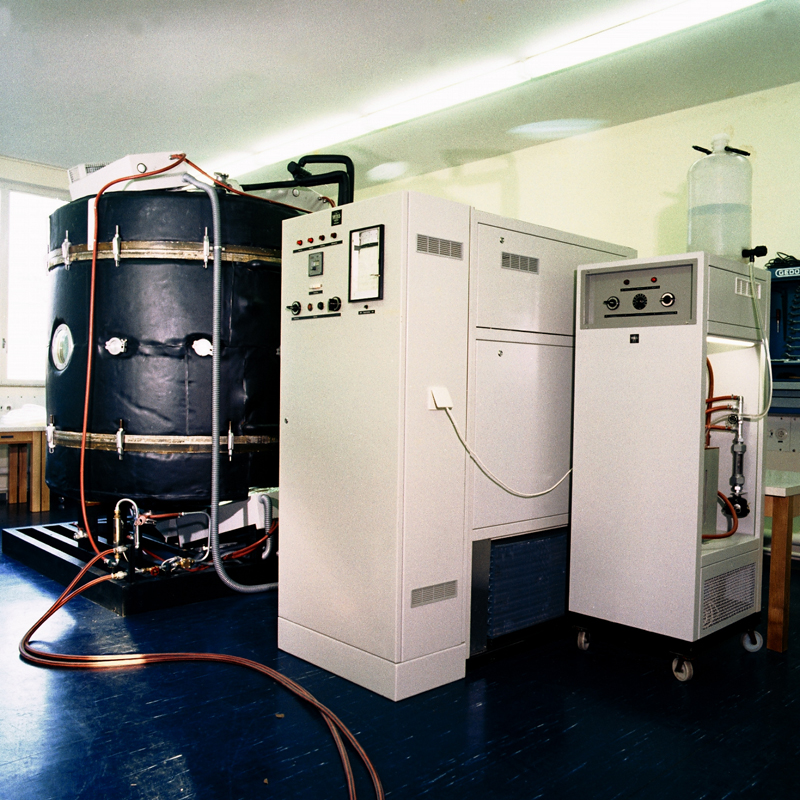
First version of the aerosol model "Nach Unfall Atmosphäre" (NAUA) to investigate the time behavior of radioactive aerosols in the post-accident atmosphere. In the model, the water vapor condensation on particles and the aerosol decomposition processes coagulation, diffusion and and sedimentation as well as thermophoresis were included. (from "Bericht über die Tätigkeit der Institute und Abteilungen: 1975", Kernforschungszentrum Karlsruhe, No 2275 )
The pioneering sentence...
...from director Schikarski and three attentive and enthusiastic employees initiated the idea to build up a much larger aerosol chamber.
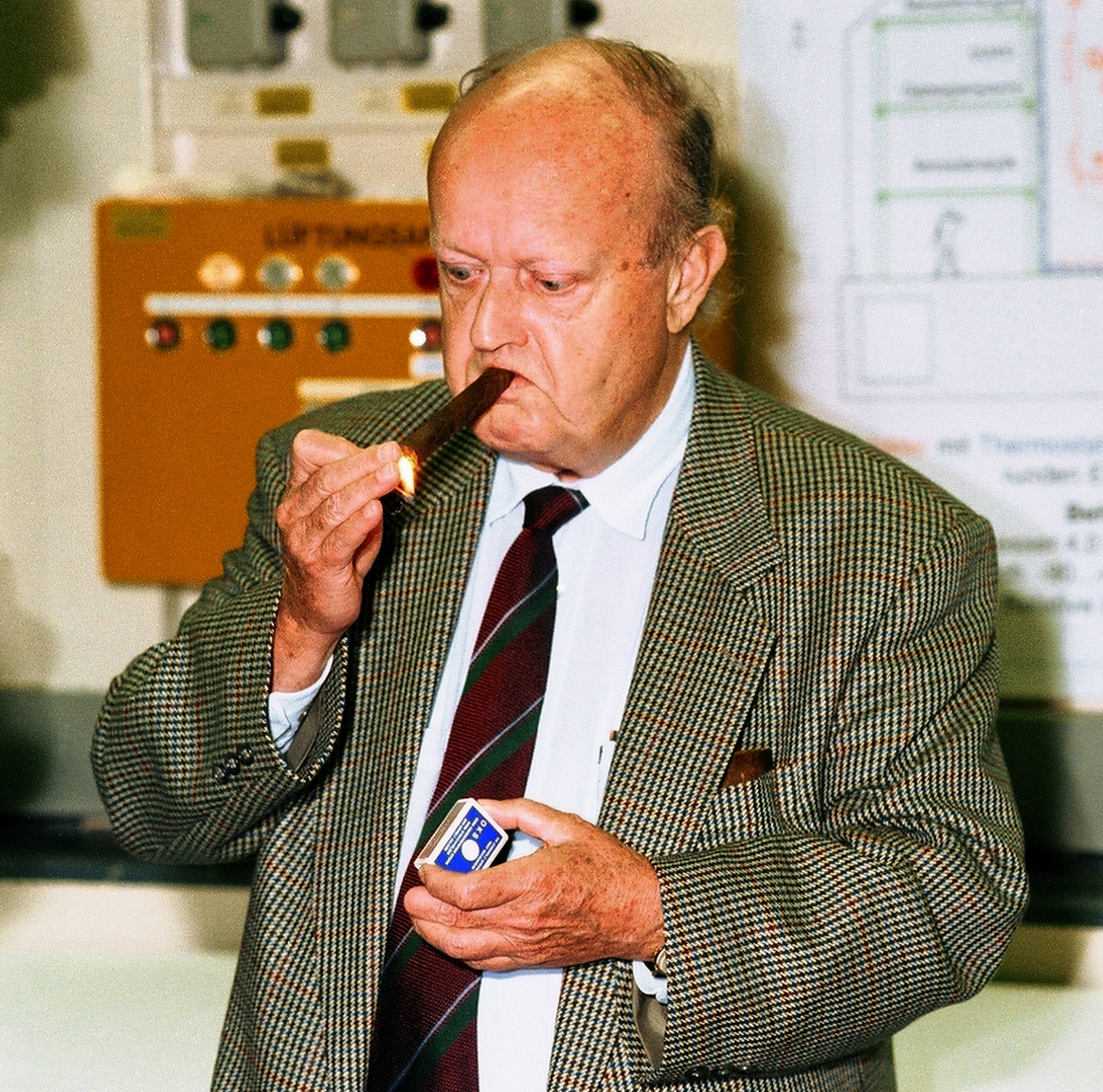
"We could actually need a really big smog chamber." (Prof. Schikarski)
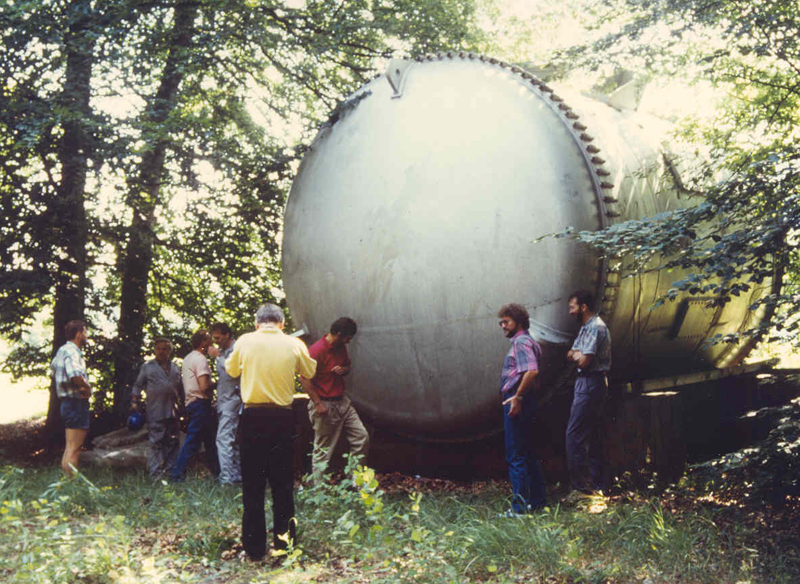
Two years later, in 1988, a suitable vessel for the new big chamber was found. Later in 1993, the vessel was transported to the workshop to add connectors and flanges.
COSIMA is born
The Computer Simulation of Aerosols (COSIMA) model simulates the structural and optical behavior of fractal particles. The model is a further development of the PARDISEKO models (Bunz, 1984).
The COSIMA, NAUA as well as the NACHE (NAUA and chemistry) models were used to perform preliminary studies for the new AIDA chamber.
The COSIMA model was further developed until 2013 and in 2013 also a web application of COSIMA was published.
An era comes to an end
After 18 years as director of the LAF I, Prof. Wolfgang Schikarski says goodbye. His successor becomes Prof. Ulrich Schurath.
Separation, realignment, new opportunities...
Parts of LAF I are affiliated as section "Atmospheric Aerosol Research" (AAF) to the "Institute for Meteorology and Climate Research" (IMK), which was founded in 1985.
The construction of the AIDA chamber


The Schnell-Thermische Argonaut Reaktor Karlsruhe STARK research reactor, which was already dismantled in 1975, is being rebuilt. Its shell now serves as the hall for the new large aerosol chamber AIDA.
Deconstruction of the interior and floor of the former research reactor and construction of the new housing for the AIDA vessel.
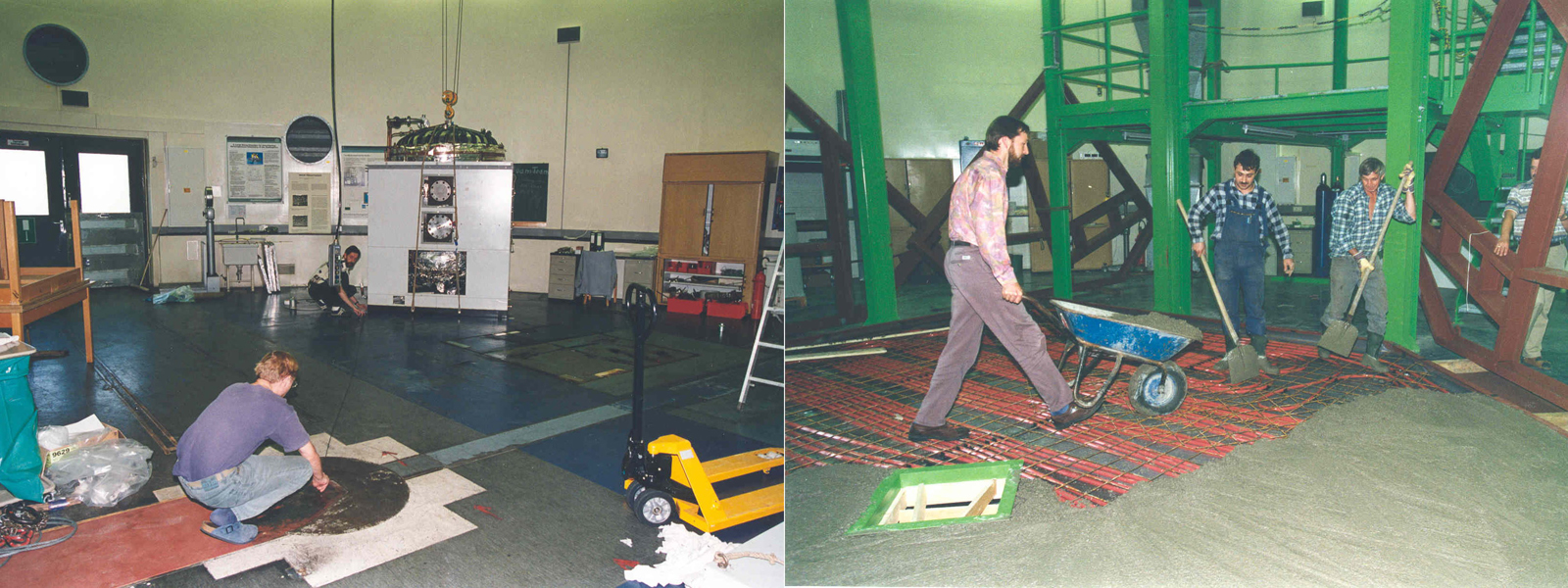
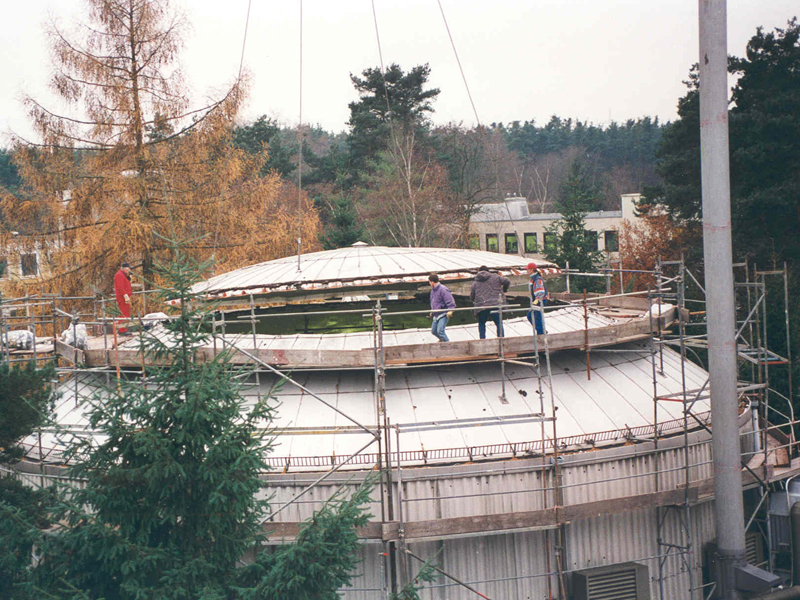
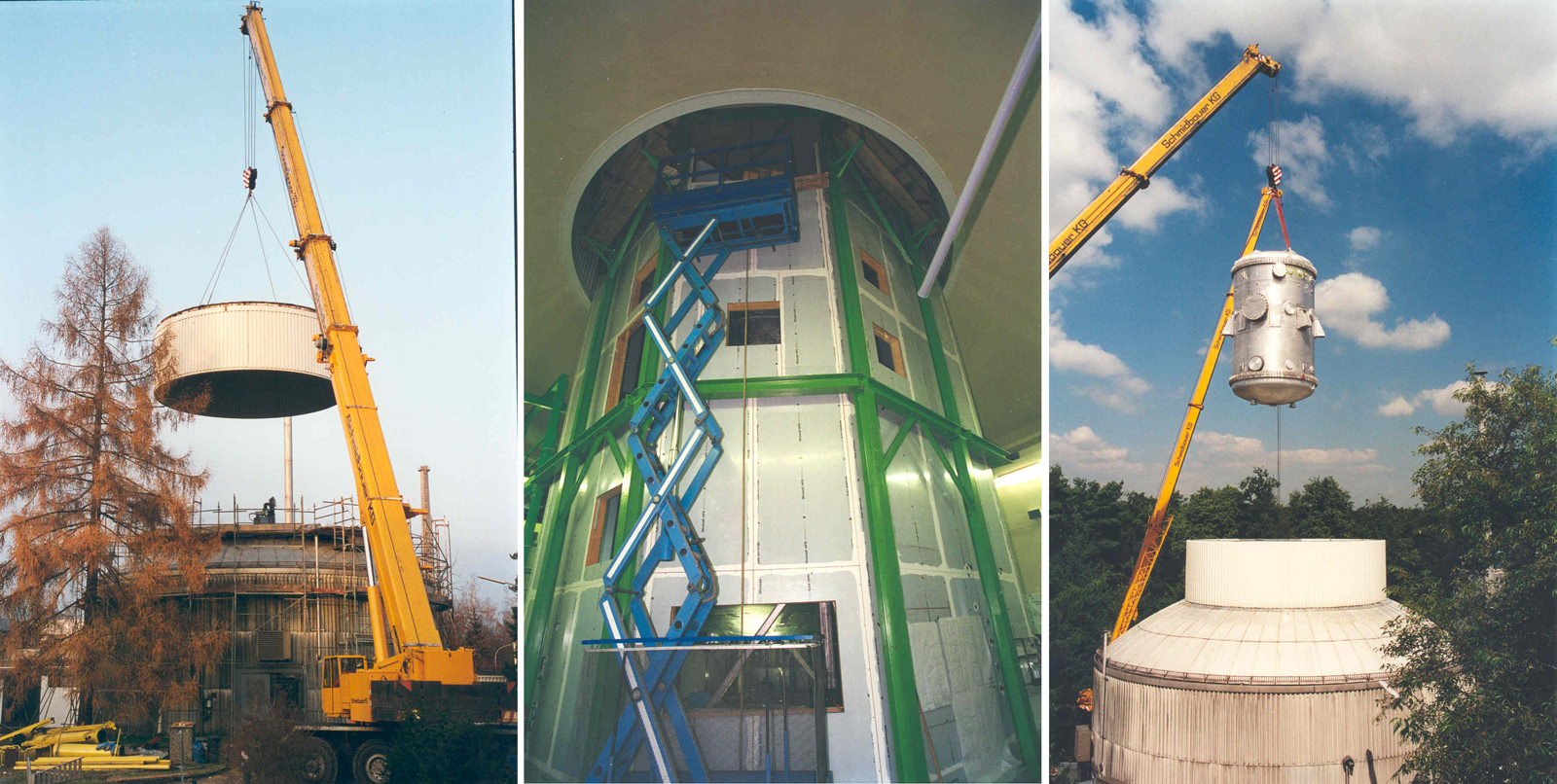
In 1997, the AIDA aerosol chamber was inaugurated and first experiments were done on so called Polar Stratospheric Clouds (PSCs).
First international campaign at AIDA
In 1999, the very first international campaign on soot aerosol took place at the AIDA aerosol chamber.
How the AIDA aerosol chamber became a cloud chamber

The standard instrumentation of the AIDA chamber was extended by a Tunable Diode Laser absorption spectrometer to measure the water vapor content inside the chamber. With this innovation it was now possible to observe also cloud formation especially the heterogeneous ice nucleation on different aerosol particles.
New head of institute - new research areas
Prof. Schurath retires and Prof. Thomas Leisner takes over from him. Thomas Leisner is also Professor at the Institute of Environmental Physics at the University of Heidelberg.
Two groundbreaking intercomparison campaigns
The evolving research field of cloud formation and cloud ice nucleation in the field and in the lab showed the need of an intercomparison campaign for humidity sensors (AQUAVIT) and for ice nucleating particle (INP) counters (ICIS07). The latter campaign was already attended by 37 participants from 13 different international institutions.
The new laboratory for cloud microphysics

The ASA-laboratory is being rebuilt for the new cloud microphysics laboratory of Prof. Leisner. In the new laboratory, the freezing process of single cloud droplets is observed with an electrodynamic balance technique.
The old gives way to the new
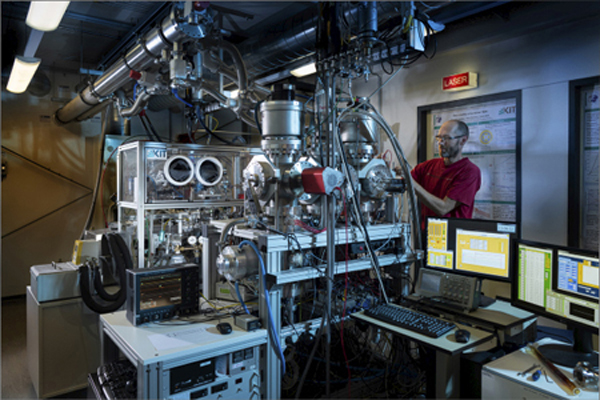
The FAUNA facility (on the present meadow between building 326 and 327) for the investigation of nuclear aerosols in the project "Schneller Brüter" is deconstructed.
The FAUST facility (white building on the right of figure 1) is rebuild for the new "Atmospheric Nanoscience" laboratory. In 2010, first ice nucleation experiments on nano-sized particles in mesospheric condition were performed with the new instrument TRAPS.
The AAF goes into the field
We need more space
Remodeling and new construction of Building 322 for a new larger workshop, more office space and laboratories.
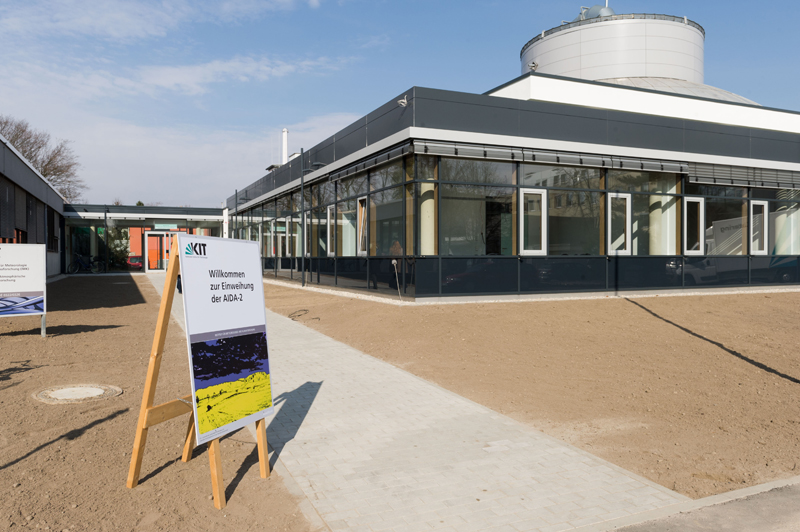
In 2015, the rebuilt and new building 322 is ceremonially inaugurated.
PHIPS goes HALO
The novel PHIPS instrument developed at IMK-AAF was modified to be mounted at the HALO research aircraft from DLR. The PHIPS-HALO is an airborne probe for the stereo-imaging of individual cloud particles and the simultaneous measurement of the polar scattering function of the same particle.
Series of international intercomparison campaigns
After about 10 years of the last intercomparison campaign at the AIDA cloud chamber, starts a series of two new intercomparison campaigns on aerosol mass spectrometers (FIN-01) and on ice-nucleating particle (INP) counters (FIN-02). 41 participants from 14 institutes were involved in the FIN-01 campaign and even 116 participants from 38 institutes in the FIN-02 campaign.
AIDA chamber becomes mobile
The prototype of the novel and unique mobile version of the AIDA cloud chamber PINE is ready. Later, a technology transfer project between IMK-AAF, University of Leeds and Bilfinger Noell GmbH is founded to further develope and commercialize the PINE cloud chamber.
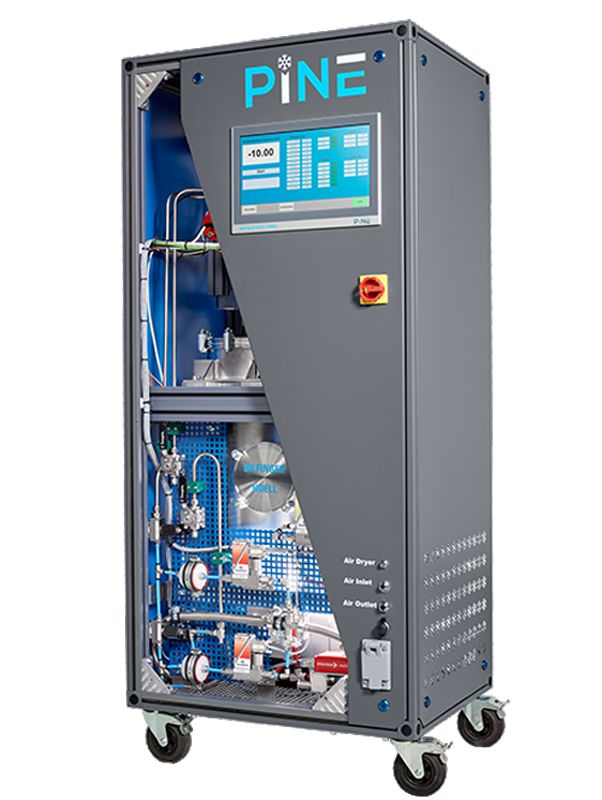
I'm going on a trip and I'm taking: an aerosol container.
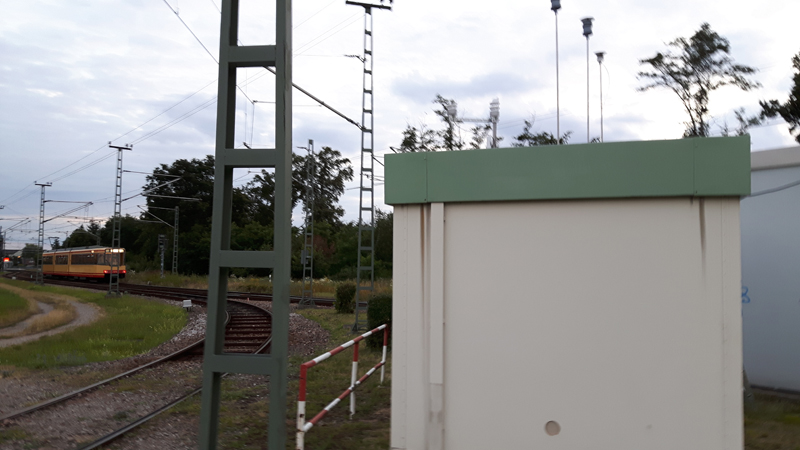
For our field activities, the new mobile and modular container for comprehensive measurements of e.g. aerosol particle concentrations and composition is ready.
The first mission for the container is the "AeroTram" campaign in Karlsruhe and surroundings.
The AIDA family grows
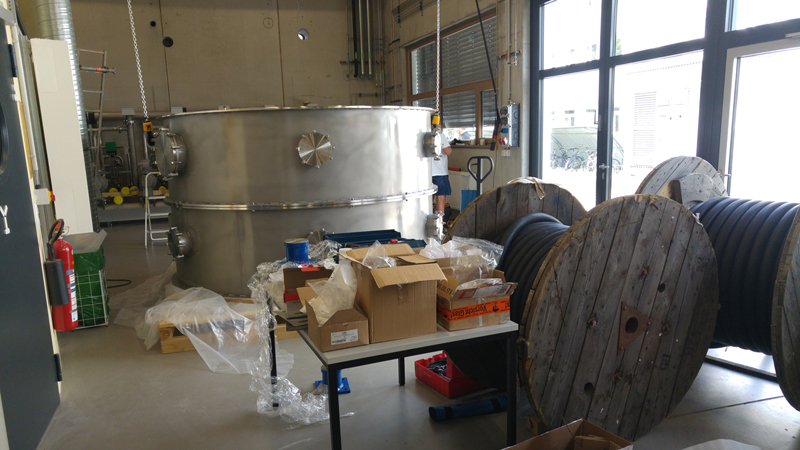
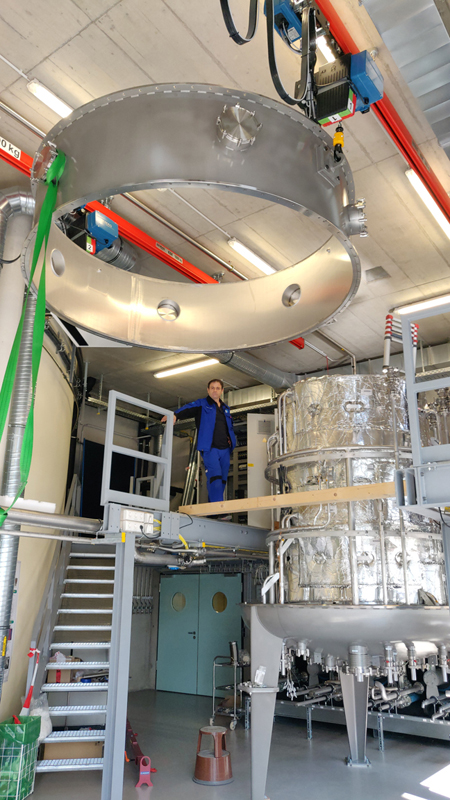
The new cloud chamber AIDAdynamic (AIDAd) is setup in the new laboratory. With the new chamber we are able to investigate cloud and ice formation in rapidly rising air parcels. In 2020, first ice nucleation measurements were performed.
AIDA becomes illuminated
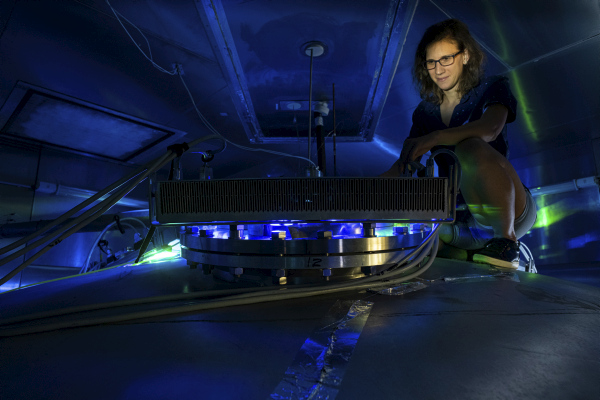
To investigate aerosol and cloud processes under the influence of sunlight, on top of the AIDA vessel a sunlight simulator was mounted. The simulator covers the entire solar spectrum, from sunrise to sunset.
The old lady celebrates anniversary

Starting in 1997 with experiments on polar stratospheric clouds, about 200 campaigns with about 4300 experiments have been performed in the last 25 years.
A farewell and a new beginning for AIDA
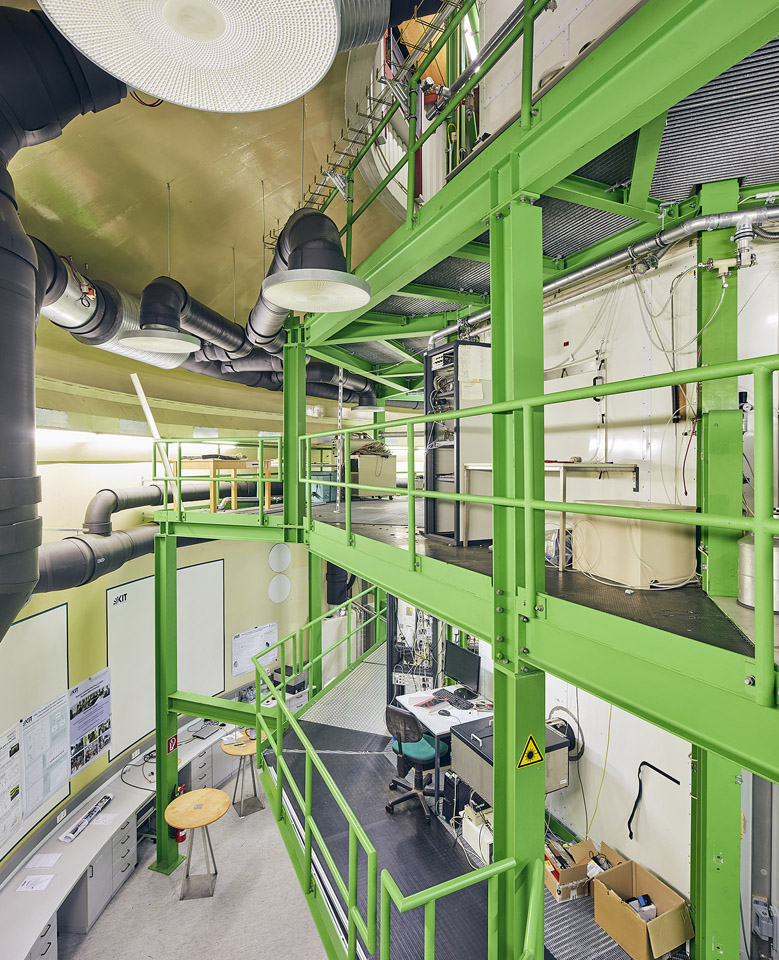
It all began with a discarded research container on the site of today's KIT Campus North. 27 years later, we can look back on a successful time with many innovative ideas, groundbreaking findings and participation in the development of an entire field of research.
The measurements and the AIDA team have been shaped over the years by numerous international guest scientists and collaborations. This also laid the foundation for the new AIDAc2 chamber, a more precise and energy-efficient atmospheric simulation chamber.
The AIDA chamber was finally decommissioned in October 2024 and is currently being dismantled. The AIDAc2 chamber is due to be built by the end of 2026 and, like its predecessor, will form part of the European infrastructure ACTRIS.
PINE ready for take off
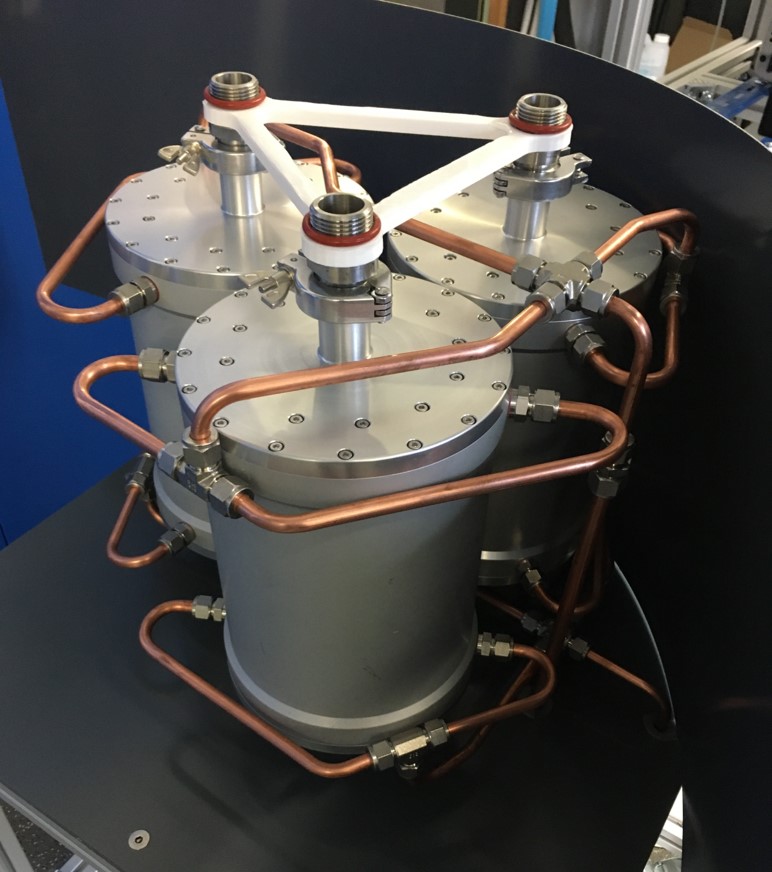
The development of a version of the PINE instrument to measure INP concentration onboard research aircraft began in 2021. This instrument, designated as PINEair, operates on the same principle as the PINE instrument; however, it contains three chambers to perform sequential experiments, thereby increasing its time resolution. A first measurement campaign is scheduled to be conducted on the HALO research aircraft in the late summer of this year.
